Disclosure:
Some of the links on this website are affiliate links, which means that if you click on one of the links and sign up or make a purchase, we may earn a small commission at no additional cost to you. This commission helps support the maintenance and operation of this site.
We only recommend products or services that we believe will provide value to our readers. Our opinions and recommendations are based on our own research and experiences, and we strive to offer honest and unbiased content.
Please note that your support through these affiliate links is greatly appreciated, as it helps us continue to provide quality content and resources.
Thank you for your support!
A home-based business is as simple as it sounds. Work from the comfort of your home without the need for an office or commercial space. This option allows individuals to create a business without incurring high overhead expenses and can provide comfortable profits each month with proper promotion. Some businesses just require an internet connection and online presence, while others require just a physical location to purchase goods and services from (most businesses have an online presence). From starting a blog or e-commerce store to selling services such as video editing and graphic design, starting a home based business is a lucrative opportunity.
For those looking to balance work with personal life or to minimize upfront costs, starting a home-based business is right up your alley. Whether you’re someone looking to supplement your income or trying to generate a full time wage, starting a business offers endless opportunities. The opportunity I’m about to share offers a low barrier to entry and almost anyone can start.
The business is the Cottage Food Industry. In most countries they offer an industry for selling food from home. Home-based food businesses (e.g. private chefs, farmer’s market vendors) are allowed to sell food in keeping with health protections and food premise regulations. This makes it easier for individuals and businesses to sell low-risk, home-prepared foods.
What Are Low-Risk Food Items? Low-risk food items are generally considered non-hazardous and do not require time and temperature control. Some examples of low-risk foods include:
• Most breads and buns (without meat, cream filling, etc.);
• Most baked goods (with no custard);
• Chocolate, hard candies and brittles;
• Fudge and toffees;
• Granola, trail mix, nuts and seeds;
• Cakes (icing that doesn’t require refrigeration), brownies, muffins and cookies.
• Coffee beans and tea leaves;
Generally you will need to follow an application process with your local public health unit. Also all food premises, including home-based food businesses, are subject to local public health requirements and periodic inspection by inspectors from their local public health unit. You will also need to provide nutritional information for labeling.
After completion of the application process and following rules and guidelines you’re ready to start your business.
Some essential things you’ll need to start:
- Ingredients for creating your low risk food items
- Packaging/Labelling
- Online Presence
I would recommend using social media or a website where you can display pictures of your food and continue with sales and promotion.
Whether you want to start baking cookies or breads, or sell coffee beans and tea leaves, the Cottage Food Industry allows individuals to create an income entirely from their homes.
Have you tried the Cottage Food Industry?
Subscribe to our Newsletter for Posts, Updates and More.


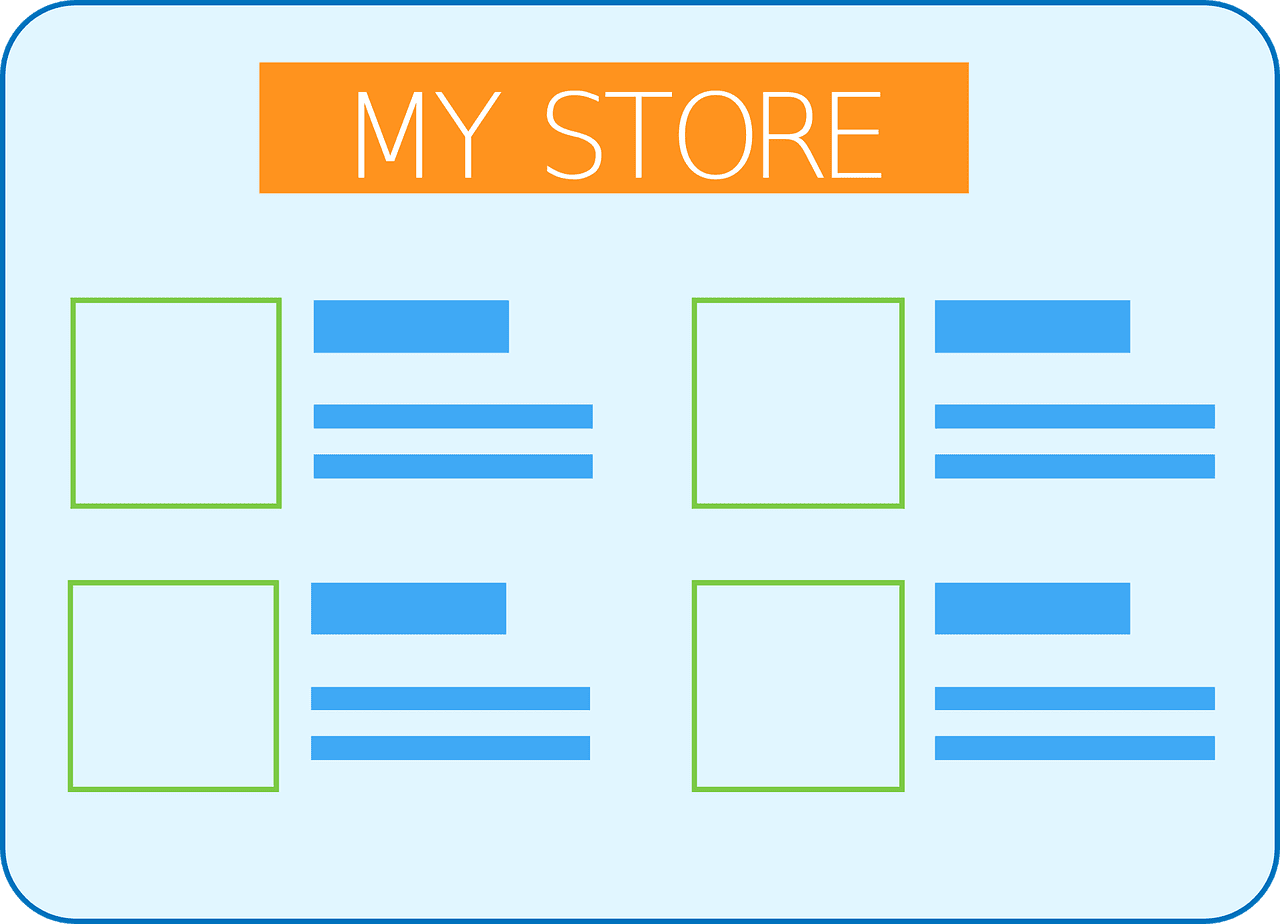

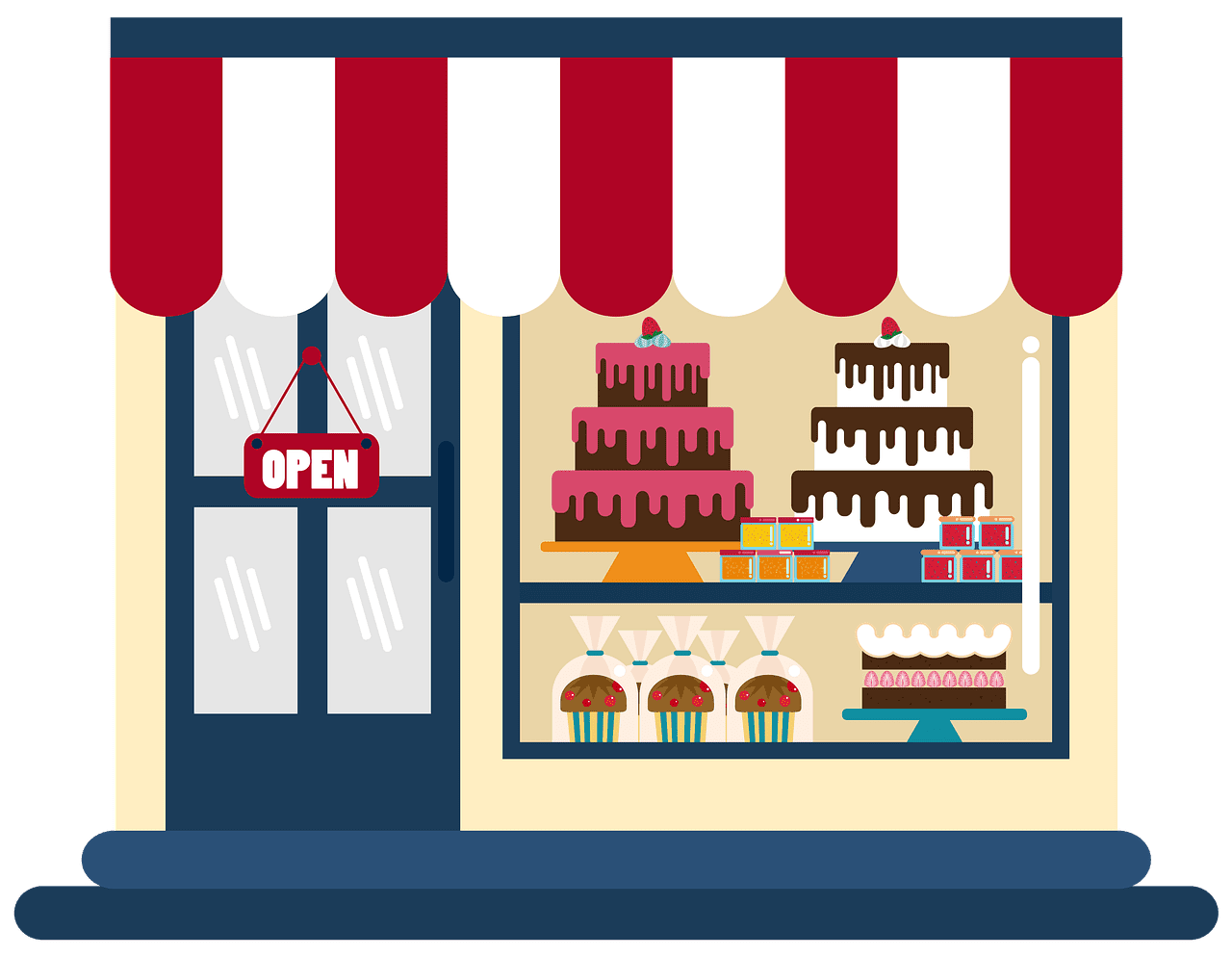




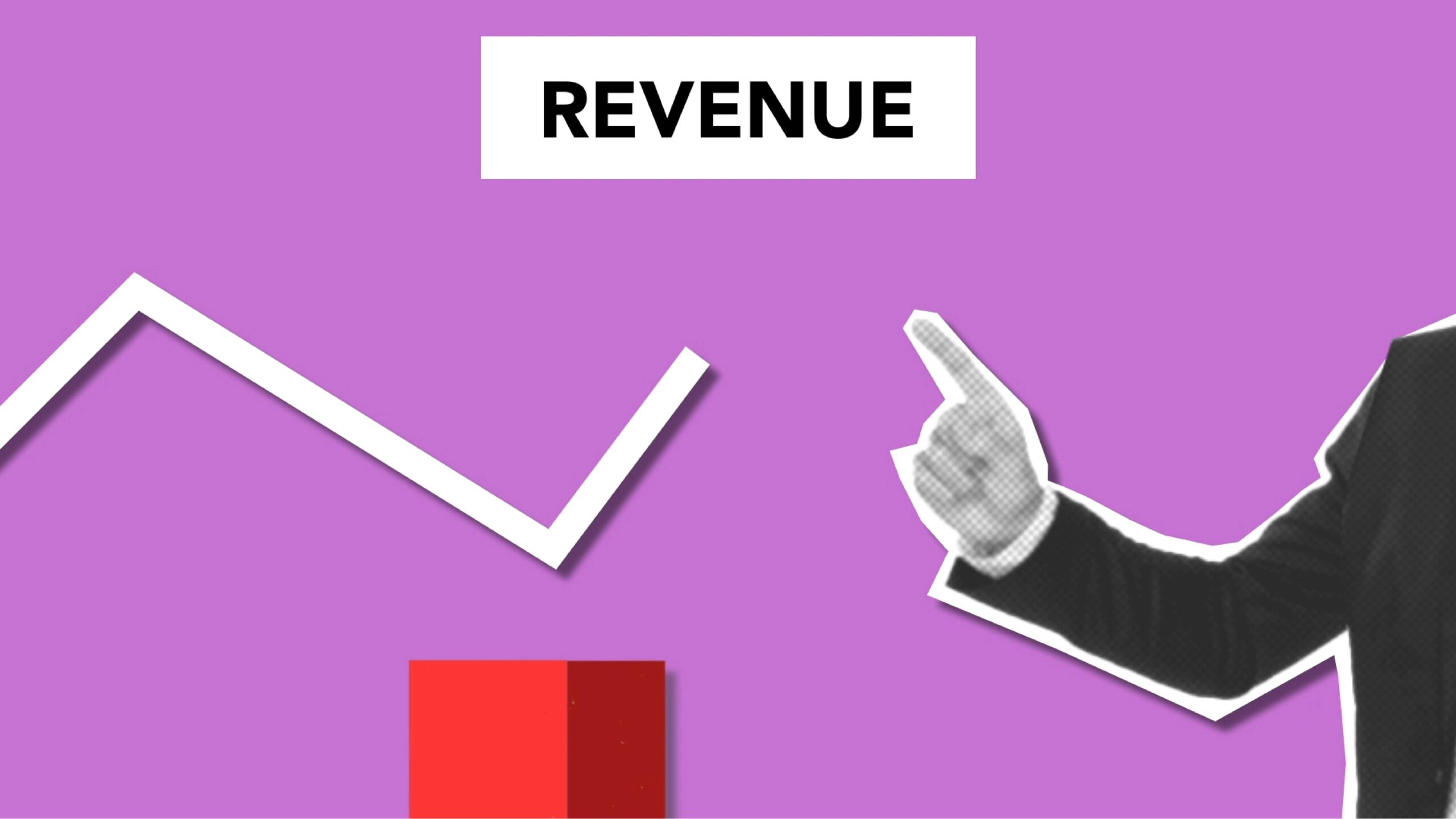



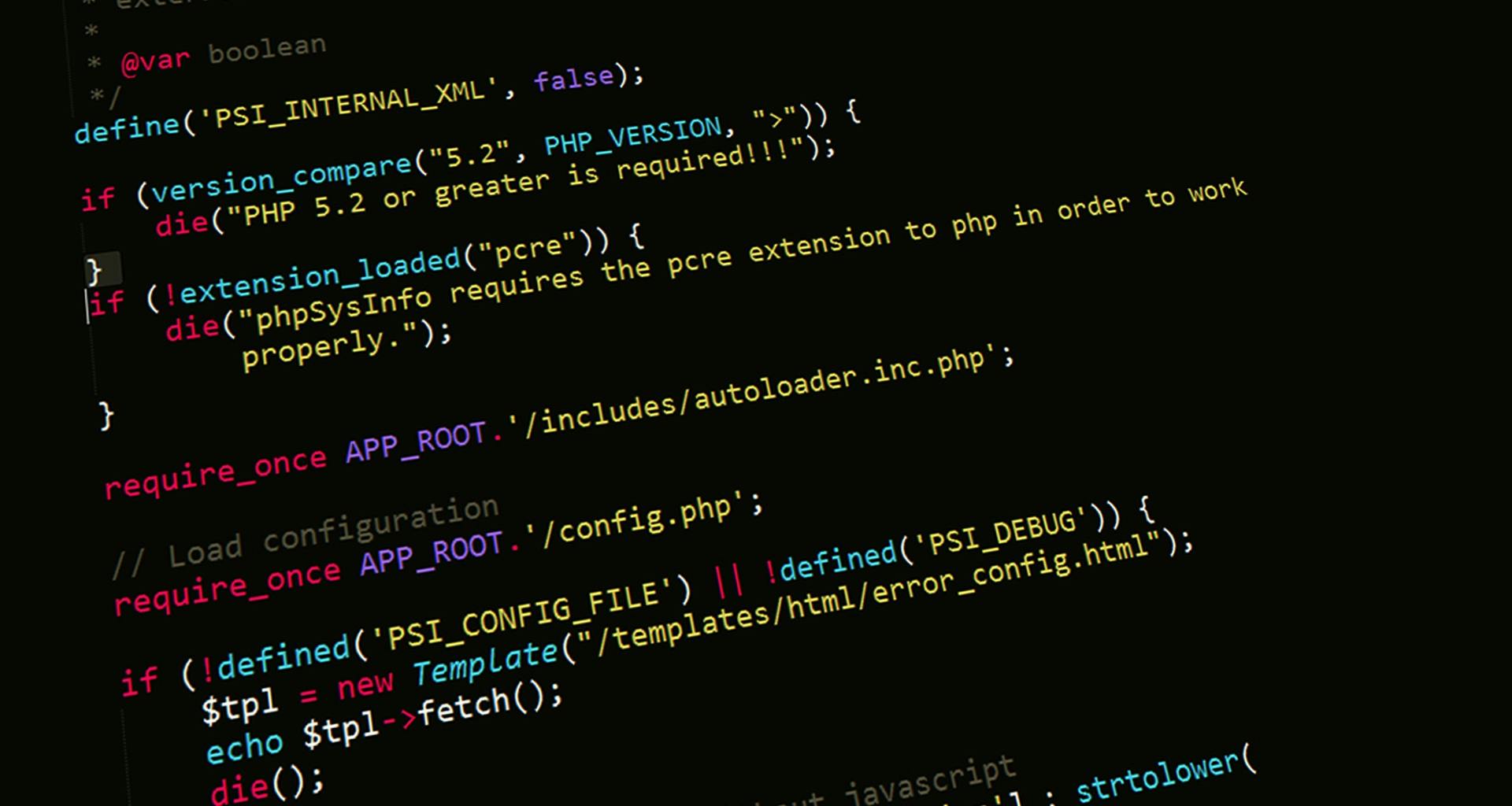










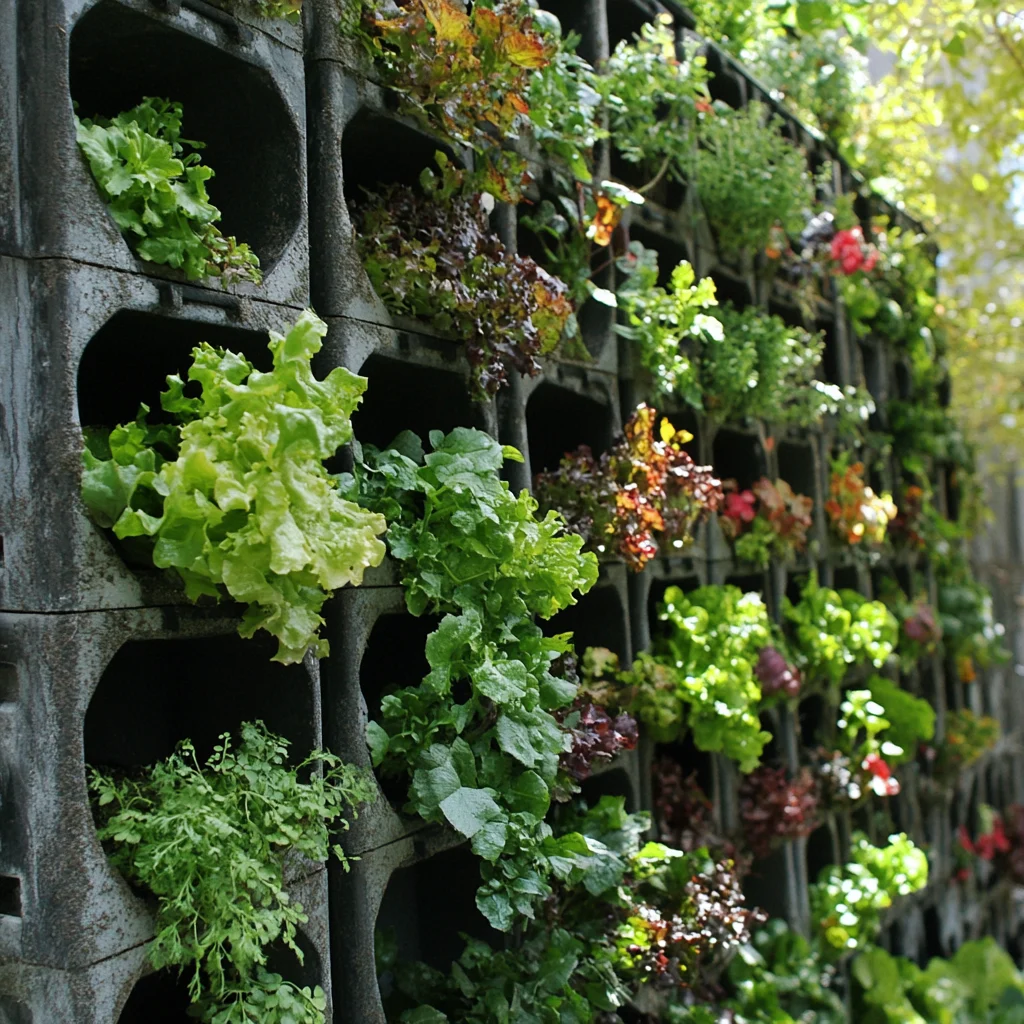
Leave a Reply